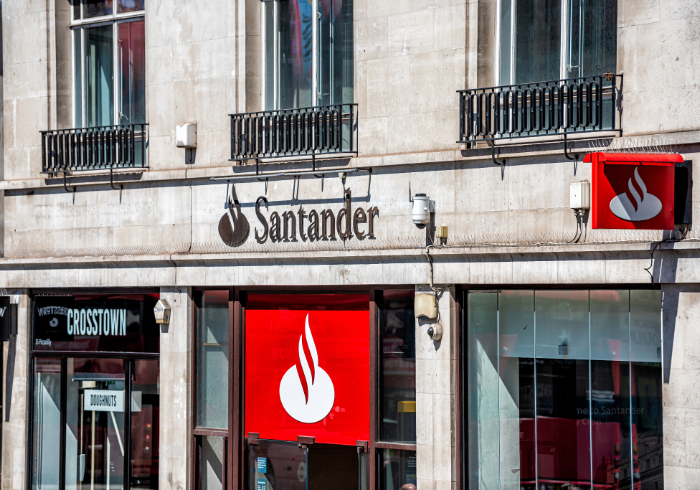The deal was mandated by Airbus to Natexis Banque Populaire in Paris, who used an innovative structure for the non-ECA tranche but required a committed ECA underwriter to enhance the proposal. Given its long-standing relationship with Lloyds TSB – including over 50 aircraft deals in some five years – Natexis turned to Lloyds TSB for the role of ECA underwriter, not least because the deadline for ECA finance was set to expire within three weeks of the mandate.
Lloyds TSB met the challenge by pricing and delivering the entire ECA facility within Natexis’s parameters for pricing and timing. But according to those involved, executing this was a close run thing.
“ECA exposure is always welcome on the balance sheet, especially in the amounts and frequency delivered by these aircraft deals,” remarks Peter Sargent, head of international trade finance at Lloyds TSB Corporate. “The team here knows how to respond in a hurry, meeting the needs of both customer and bank.”
The aircraft finance team in Lloyds TSB’s structured asset finance division has a historic relationship with SAA. This transaction, although booked by the international trade finance team – albeit as pure ECA-backed exposure – builds that relationship further, as well as the inter-bank relationship between Lloyds TSB and Natexis.
The trade finance division of Lloyds TSB Corporate closed an export credit agency-backed financing for Ryanair recently, covering the debt component for six short-haul Boeing 737-800 aircraft. Lloyds TSB won the contract by a highly competitive pricing decision made within a tight timeframe during peak holiday season – and retained all the resulting exposure on its own balance sheet.
The airline was placed in a strong negotiating position by pre-existing documentation for the overall deal pipeline between Ryanair and Boeing, with more than 40 aircraft (excluding the Lloyds TSB transaction) financed under this structure. This allowed the airline to demand a quick decision from the bank. Pricing was the key hurdle, although the deal cleared Lloyds TSB’s internal return threshold – despite a tighter margin than normal for deals of this type. This was achieved by the bank maximising the return on the zero risk-weighted ECA exposure via the most tax-efficient structuring available.
All the aircraft involved have been delivered, representing a significant victory for the Lloyds TSB trade finance team. Indeed, based on last year’s results, the scale of the Ryanair transaction alone would have moved the bank into 10th place in US Ex-Im Bank’s published arrangers “league tables.
“We have participated in plenty of Exim-backed deals in the past,” explains Sargent, “but wanted to avoid treading too heavily on the toes of arranging banks in the US, with whom we maintain an active partnership.”









